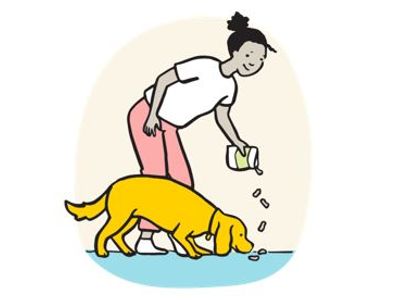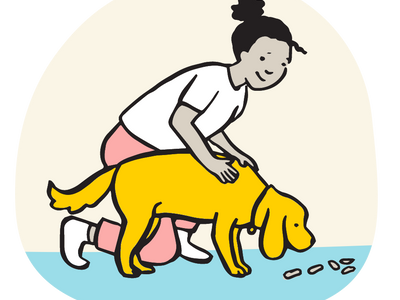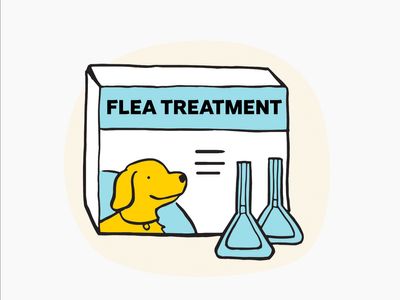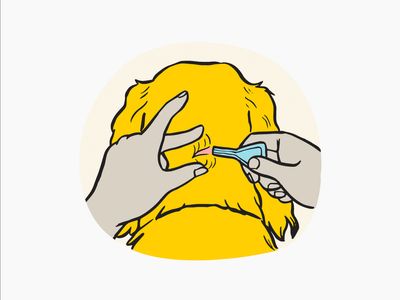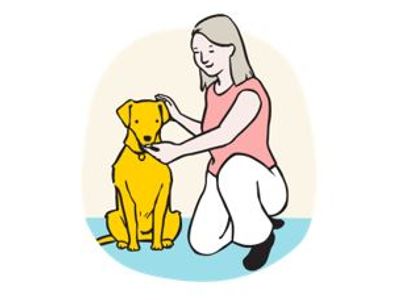How do I treat my dog for fleas?
Find out how to prevent your dog getting fleas as well as a step-by-step guide to applying the treatment.
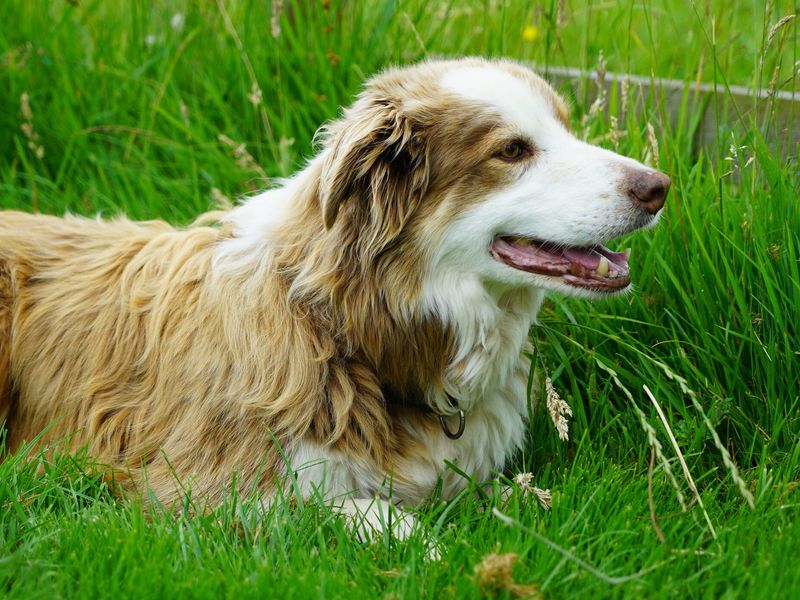
There are lots of ways dogs can catch fleas. Fleas can jump a long distance, even from another dog or cat onto your dog. So your dog is always at risk of catching a flea and bringing it into your home.
Fleas usually enter your home on a pet, but then quickly settle in. They live and lay eggs in soft furnishings like carpets, curtains, bedding, pet beds, and upholstery.
Why should I treat my dog to prevent fleas?
A flea will bite a dog, ingest some of their blood, and then lay tiny eggs which sit within the dog’s fur. These then fall off around the home.
Fleas can live up to three months and just one alone can lay hundreds or even thousands of eggs. The eggs will later hatch into larvae, which then develop into adult fleas that are ready to bite and lay even more eggs. This process will repeat and homes can quickly become overrun with fleas, eggs and larvae. Fleas can also spread tape worms.
Fleas bite both dogs and humans, which can be uncomfortable and itchy. Dogs can develop rashes and skin problems through repeated scratching. They can also be allergic to flea saliva and their skin can become extremely sore, even infected.
This can be very distressing for both the dog and their owner. Fleas can also cause other medical conditions such as a reduction of the red blood cells (anaemia) which can be very dangerous.
This is why it’s important to use medicine regularly to prevent fleas from being able to live on your dog or within your home. It is much easier to prevent an infestation than to deal with one once it has taken over your home.
What type of flea product should I get?
Your vet will be able to prescribe the best product for your dog’s lifestyle, age, weight, and type, and to show you how to apply it.
Your vet can give you a flea prevention product which will break the life cycle of the flea. This will not only destroy the fleas living on your dog and in your home, but prevent any eggs from hatching too. Some flea products also offer protection against ticks, mites and worms.
Some flea treatments can be given to your dog by mouth, but many are liquids in small tubes which are squeezed out onto your dog’s skin. These are commonly called ‘spot-on’ treatments.
This guide will show you how to apply the spot-on medications.
Before you apply flea treatment
Read the instructions for the flea treatment you’ve been given and check whether you should wear gloves when applying it. The instructions will tell you how and where to apply the treatment.
Be aware that some products need to be squeezed onto two different areas of your dog’s body. Ask your vet if you’re not sure.
Get your dog used to being handled for having flea treatment applied.
Flea treatment should be applied between the shoulder blades, so your dog can’t reach to lick it afterwards. The shoulder blades can be felt on each side of the rib cage in the shoulder area. The hair will need to be parted so that their skin is visible.
How to prepare your dog for flea treatment
Practise first without applying the treatment, get your dog used to the process. Here’s how:
Sprinkle some treats on the floor
While your dog is eating them, feel for their shoulder blades and lightly touch them in between them.
Sprinkle more treats and practise touching this area for a bit longer
Sprinkle more treats and practise parting their hair in the same place so that their skin is visible.
Practise this until your dog is relaxed and comfortable having their hair parted
With thick coats this may be tricky, so make sure that you practise until you are confident. Keep giving your dog treats to help them build up a positive association with being handled in this way.
The treatment often smells very strong, so the happier a dog …
Applying the spot-on flea treatment
Get everything ready
Open the pipette so it’s ready as soon as you need it. Read the instructions about how to open it first, as they can be fiddly. Some lids twist off, others need to be pulled off.
Locate the shoulder blades
Sprinkle some treats on the floor. While your dog is eating them, find the skin area between the shoulder blades. Part the hair so that you can see as much skin as possible, just as you have practised. To be effective, most of the liquid should reach the skin, so try not to …
Direct skin contact
Apply all the liquid onto your dog’s skin until the pipette is empty. You may need to do this in one or more areas, depending on the size of your dog and the volume of the liquid — the product instructions will tell you what to do. Do not rub it in. Let it gently seep into …
And praise
When you’re done, reward your dog with more treats and praise.
Safely dispose of the pipette as advised and wash your hands.
Important information
- Do not touch the treated area for at least 24 hours, or as recommended in the instructions.
- If you have more than one pet, it is important to keep an eye on them afterwards, especially if they like to groom each other. This is in case another pet tries to lick the treated area. This must be discouraged as it could make your dog unwell, so if you’re worried, keep pets apart or distract them with games or treats.
- Avoid getting your dog wet for as long as the instructions recommend (often 24 hours). If the weather is bad, put a coat on your dog to protect them from heavy rain.
Prevention matters
Preventative health care can help to save money in the long term by reducing the risk of certain diseases and help prevent problems in the future.
Your vet practice may offer care plans (pay monthly or yearly) to spread the cost of essential pet care such as flea and worming treatment, vaccinations and neutering.
These plans may also include (check with your vet) - a yearly booster vaccination, health checks, discounted dental and neutering procedures, and a sample bag of pet food.
Some might also send preventative treatment by post. It’s important to note these health plans are not an alternative to insurance, which is recommended in addition.
Keep track of your treatments
Find out, or ask your vet, how regularly you need to apply flea treatment, and mark it on your calendar. Record the name of the product, the pet you applied it to if you have more than one, and the date when the next dose is due.
It’s important to apply the treatment on the date it’s due, and not early or late, as this can result in your dog being either over-medicated or not protected against fleas.
Some products need to be applied every month, and others may last three months, so is it important to check.
